Related Research Articles
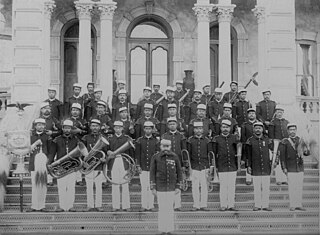
Henry or Henri Berger was a Prussian Kapellmeister, composer and royal bandmaster of the Kingdom of Hawaiʻi from 1872 to 1915.
David Catherwood is a Northern Irish composer and conductor, with both vocal and choral works currently in print.

Edwin Franko Goldman was an American composer and conductor. One of the most significant American band composers of the early 20th century, Goldman composed over 150 works, but is best known for his marches. He founded the renowned Goldman Band of New York City and the American Bandmasters Association. Goldman's works are characterized by their pleasant and catchy tunes, as well as their fine trios and solos. He also encouraged audiences to whistle/hum along to his marches. He wrote singing and whistling into the score of "On the Mall".

Charles A. Zimmermann was an American composer of marches and popular music. A graduate of the Peabody Conservatory of Music in Baltimore, he was appointed bandmaster at the United States Naval Academy in 1887 at the age of 26. He served as the academy's bandmaster until his death from a brain hemorrhage in 1916. He is buried at the Naval Academy cemetery.

Frederick Joseph Ricketts was an English composer of marches for band. Under the pen name Kenneth J. Alford, he composed marches which are considered to be great examples of the art. He was a Bandmaster in the British Army, and Royal Marines Director of Music. Conductor Sir Vivian Dunn called Ricketts "The British March King". Ricketts' frequent use of the saxophone contributed to its permanent inclusion in military bands. His best known work is the "Colonel Bogey March".

Giuseppe Donizetti, also known as Donizetti Pasha, was an Italian musician. From 1828 he was Instructor General of the Imperial Ottoman Music at the court of Sultan Mahmud II (1808–39).
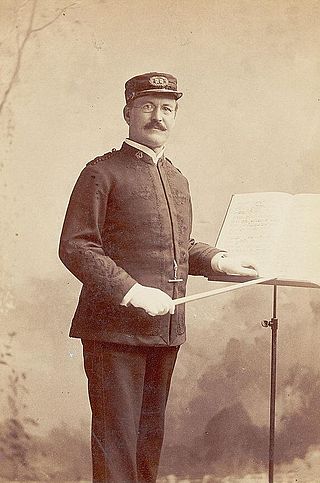
Patrick Sarsfield Gilmore was an Irish-born American composer and bandmaster who lived and worked in the United States after 1848. While serving in the Union Army during the U.S. Civil War, Gilmore wrote the lyrics to the song "When Johnny Comes Marching Home". This was published under the pseudonym Louis Lambert in September 1863.
Lucien Cailliet was a French-American composer, conductor, arranger and clarinetist.
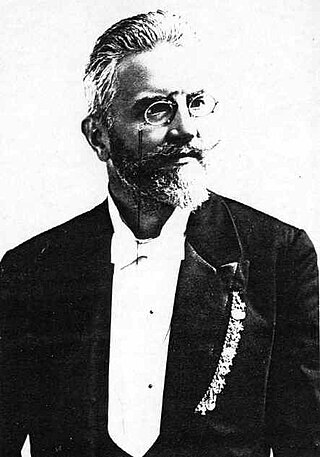
Karel Komzák II was a Bohemian-born Viennese composer famous for his dances and marches. He composed the Erzherzog-Albrecht-Marsch.
Matteo is the Italian form of the given name Matthew. Another form is Mattia. The Hebrew meaning of Matteo is "gift of god". Matteo can also be used as a patronymic surname, often in the forms of de Matteo, De Matteo or DeMatteo, meaning "[descendant] of Matteo".

Jack Stamp is a North American wind ensemble conductor and composer. He has approximately sixty compositions available from Neil A. Kjos Music Company, including his most well-known piece, Gavorkna Fanfare, which was dedicated to Eugene Corporon. In 1993, he formed the Keystone Wind Ensemble, comprising students, alumni and professors at Indiana University of Pennsylvania, which has been recorded on 16 albums.
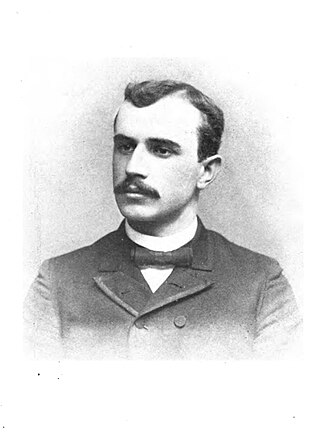
Roland Forrest Seitz (1867–1946) was an American composer, bandmaster, and music publisher. For his many march compositions he earned the sobriquet “The Parade Music Prince”.
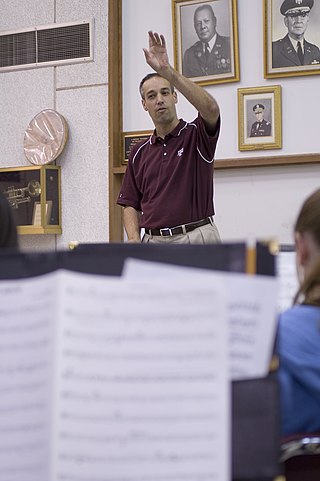
Dr. Timothy Brett Rhea is director of bands and music activities at Texas A&M University. As director of bands, he leads the university band program, serves as conductor of the Texas A&M Wind Symphony, and coordinates the Fightin' Texas Aggie Band marching band. As director of music activities, he administratively oversees the activities of the jazz, orchestra, and choral programs. Rhea also served as the 79th president of the American Bandmasters Association from 2016-2017.
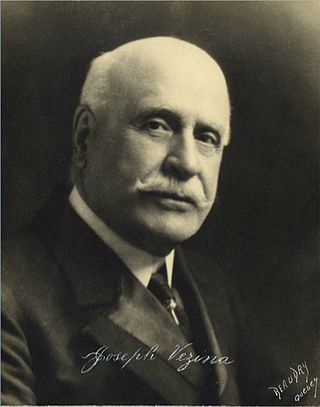
François-Joseph Vézina was a Quebec conductor, composer, organist and music professor. Vézina is buried in the Cimetière Notre-Dame-de-Belmont in Sainte-Foy.

Ernest S. Williams was a prominent American band conductor, cornet soloist, composer, and music educator.
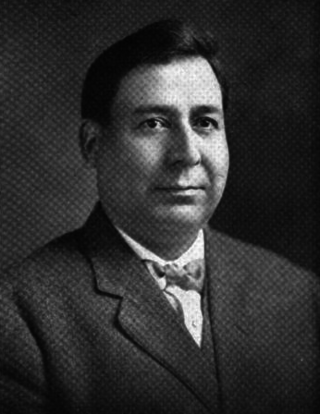
Dennison Wheelock was an Oneida band conductor, composer, and cornet soloist of the late 19th and early 20th centuries. Wheelock was compared to prominent bandleader John Philip Sousa, and nominated to be bandmaster of the United States Marine Band. At the age of 40 he became an American Indian rights activist and attorney, and within several years was arguing cases for Indian nations at the United States Court of Claims and US Supreme Court.
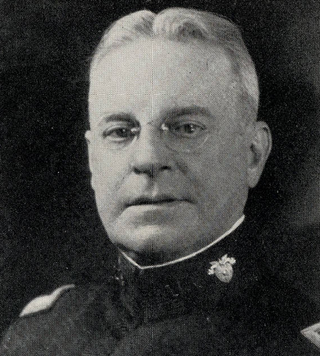
Philip Egner was a U.S. military bandmaster who served as longtime director of the U.S. Army's West Point Band.
George Allan was an English composer and arranger of music for brass bands who was born, and resided for most of his life, in New Shildon, County Durham, United Kingdom. As a composer he was a contemporary of William Rimmer and J. Ord Hume.
Daniel Godfrey was a bandmaster, composer and arranger of compositions for military bands. He was for many years bandmaster of the Grenadier Guards.
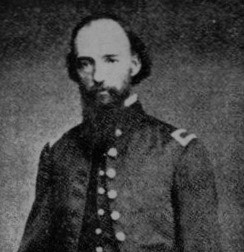
Thomas P. Coates was a 19th-century American musician who achieved initial prominence in Pennsylvania for his performances on the cornet and French horn. The director of Pomp's Cornet Band in Easton, Pennsylvania, he was commissioned as the first conductor of the regimental band of the 47th Pennsylvania Volunteer Infantry Regiment during the early months of the American Civil War. Post-war, he became a prolific and popular composer of band music, and was subsequently nicknamed "the Father of Band Music in America."
References
- ↑ Rehrig, William H. (1991). The heritage encyclopedia of band music : composers and their music . Westerville, Ohio: Integrity Press. pp. 187. ISBN 0918048087.